World Bank cuts global growth forecast as trade tensions heighten uncertainty
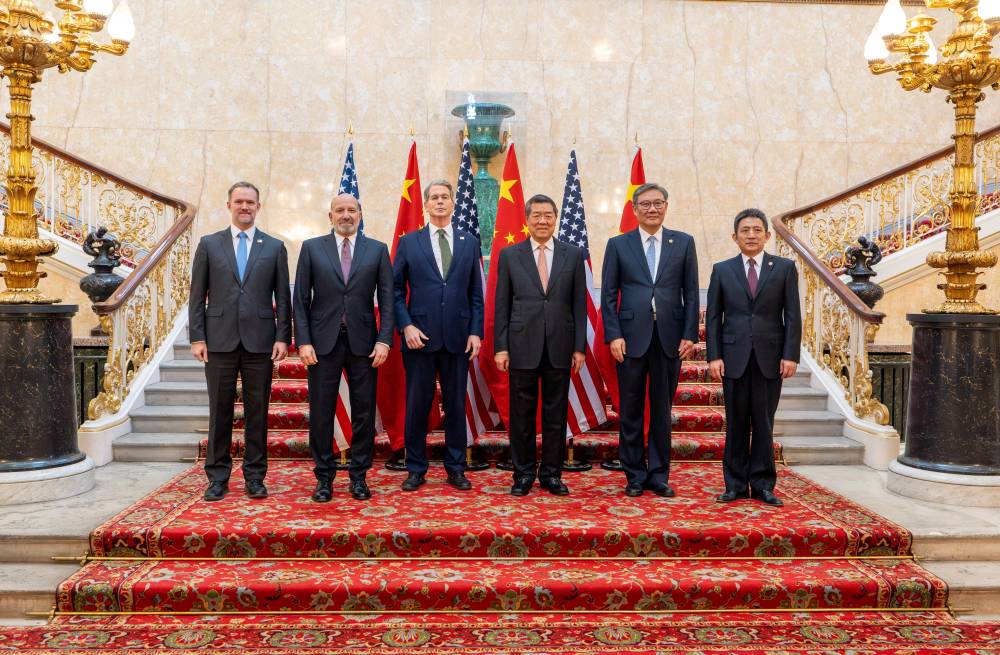
WASHINGTON — The World Bank on Tuesday slashed its global growth forecast for 2025 by four-tenths of a percentage point to 2.3 percent, saying that higher tariffs and heightened uncertainty posed a “significant headwind” for nearly all economies.
In its twice-yearly Global Economic Prospects report, the global lender lowered its forecasts for nearly 70 percent of all economies — including the US, China and Europe, as well as six emerging market regions — from the levels it projected six months ago before US President Donald Trump took office.
Trump has upended global trade with a series of on-again, off-again tariff hikes that have increased the effective US tariff rate from below 3 percent to the mid-teens — its highest level in almost a century — and triggered retaliation by China and other countries.
The World Bank is the latest body to cut its growth forecast as a result of Trump’s erratic trade policies, although US officials insist the negative consequences will be offset by a surge in investment and still-to-be approved tax cuts.

It stopped short of forecasting a recession, but said global economic growth this year would be the weakest outside of a recession since 2008.
By 2027, global gross domestic product growth was expected to average just 2.5 percent, the slowest pace of any decade since the 1960s.
The report forecast that global trade would grow by 1.8 percent in 2025, down from 3.4 percent in 2024 and roughly a third of its 5.9 percent level in the 2000s.
The forecast is based on tariffs in effect as of late May, including a 10-percent US tariff on imports from most countries. It excludes increases that were announced by Trump in April and then postponed until July 9 to allow for negotiations.
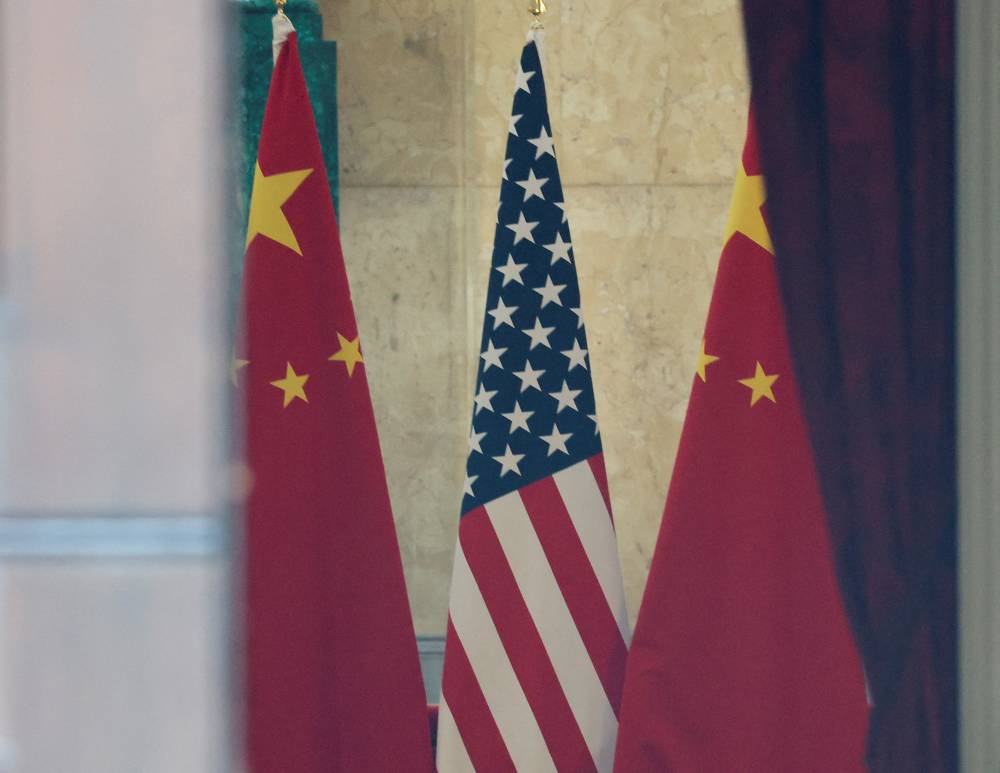
The World Bank said global inflation was expected to reach 2.9 percent in 2025, remaining above pre-COVID-19 levels, given tariff increases and tight labor markets.
“Risks to the global outlook remain tilted decidedly to the downside,” it wrote.
The lender said its models showed that a further increase of 10 percentage points in average US tariffs, on top of the 10-percent rate already implemented, and proportional retaliation by other countries, could shave another half of a percentage point off the outlook for 2025.
Such an escalation in trade barriers would result “in global trade seizing up in the second half of this year … accompanied by a widespread collapse in confidence, surging uncertainty and turmoil in financial markets,” the report said.
Nonetheless, it said the risk of a global recession was less than 10 percent.
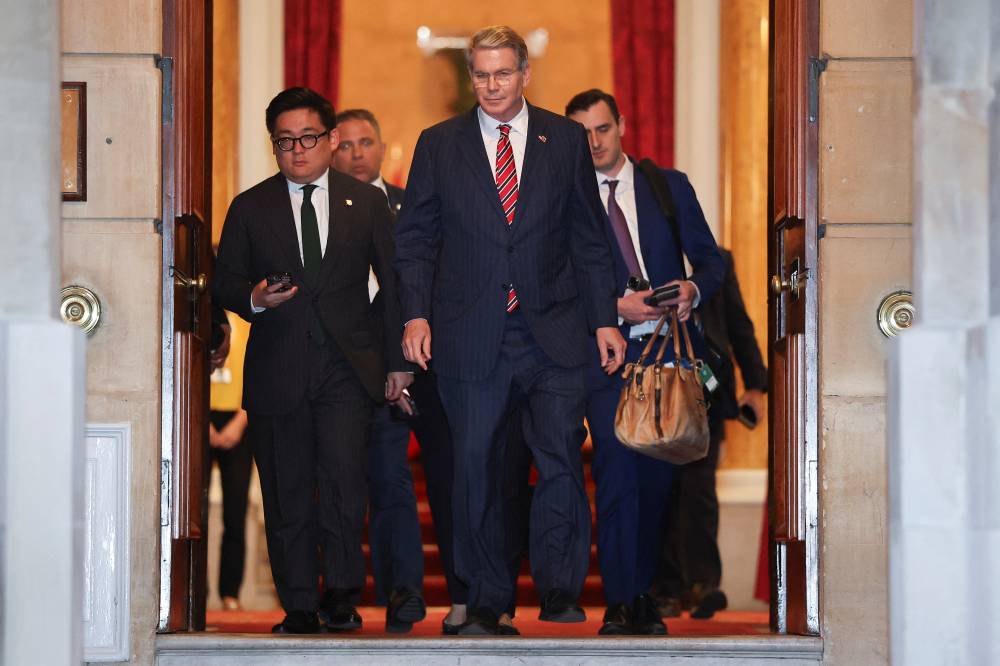
‘Fog on a runway’
Top officials from the US and China are meeting in London this week to try to defuse a trade dispute that has widened from tariffs to restrictions over rare earth minerals, threatening a global supply chain shock and slower growth.
“Uncertainty remains a powerful drag, like fog on a runway. It slows investment and clouds the outlook,” World Bank deputy chief economist Ayhan Kose told Reuters in an interview.
But Kose said there were signs of increased dialogue on trade that could help dispel uncertainty, and supply chains were adapting to a new global trade map, not collapsing.
Global trade growth could modestly rebound in 2026 to 2.4 percent, and developments in artificial intelligence could also boost growth, he said.
“We think that eventually the uncertainty will decline,” Kose said. “Once the type of fog we have lifts, the trade engine may start running again, but at a slower pace.”
Kose said while things could get worse, trade was continuing and China, India and others were still delivering robust growth. Many countries were also discussing new trade partnerships that could pay dividends later, he said.
Reuters, the news and media division of Thomson Reuters, is the world’s largest multimedia news provider, reaching billions of people worldwide every day. Reuters provides business, financial, national and international news to professionals via desktop terminals, the world's media organizations, industry events and directly to consumers.



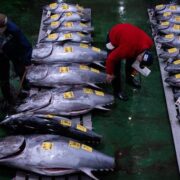

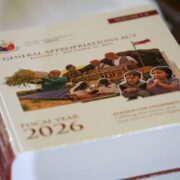















Uncovering the Marcos siblings’ conflict: A case study